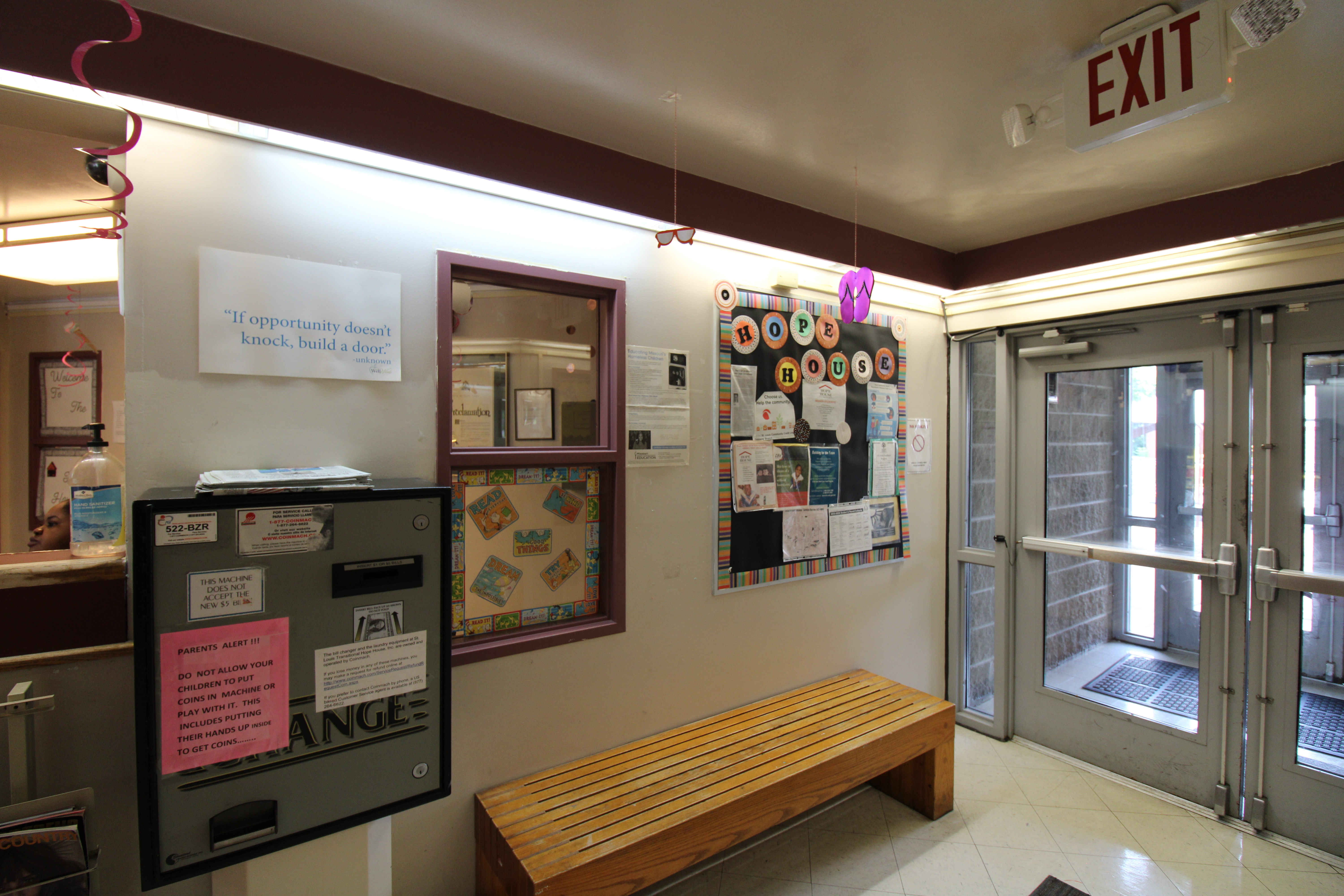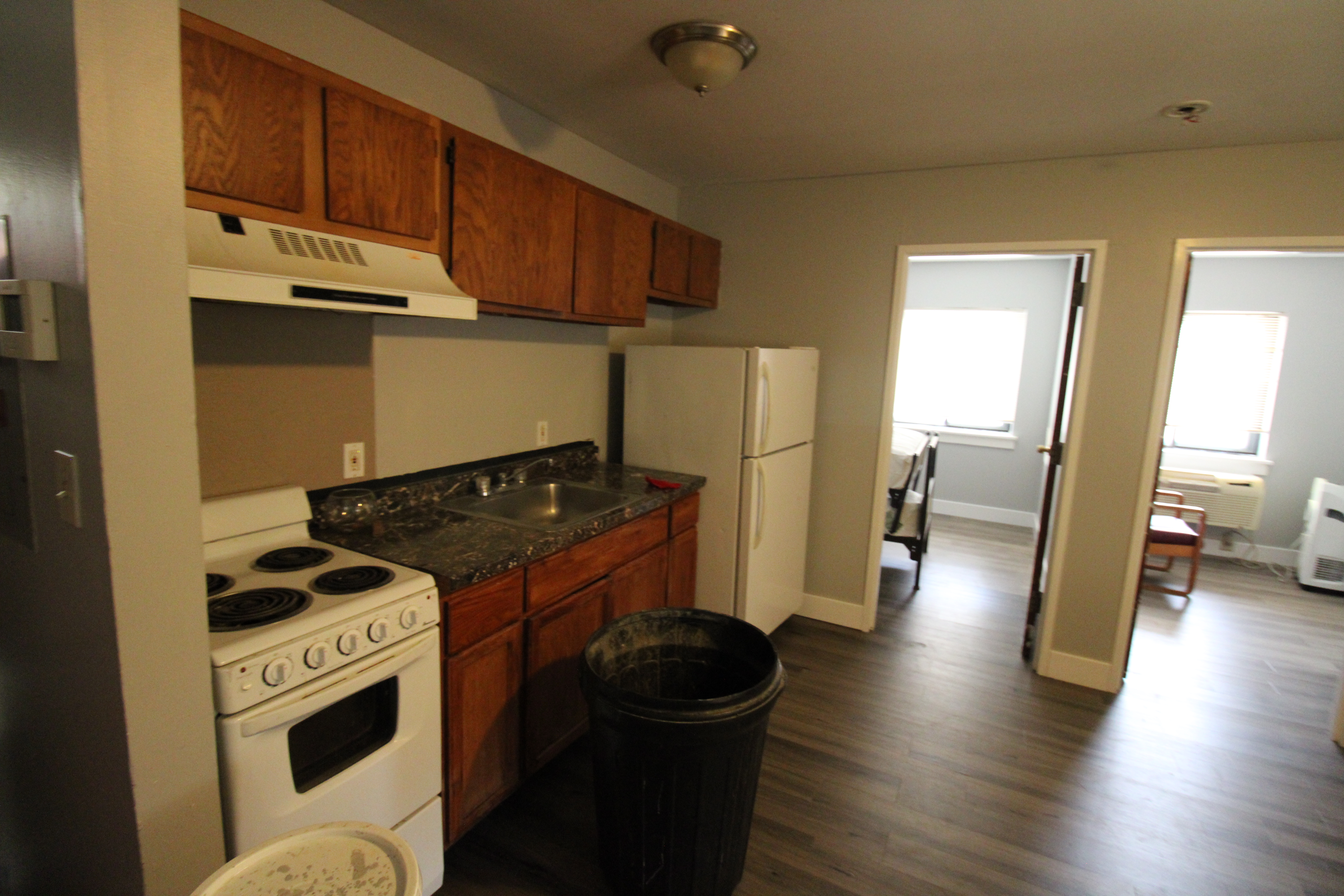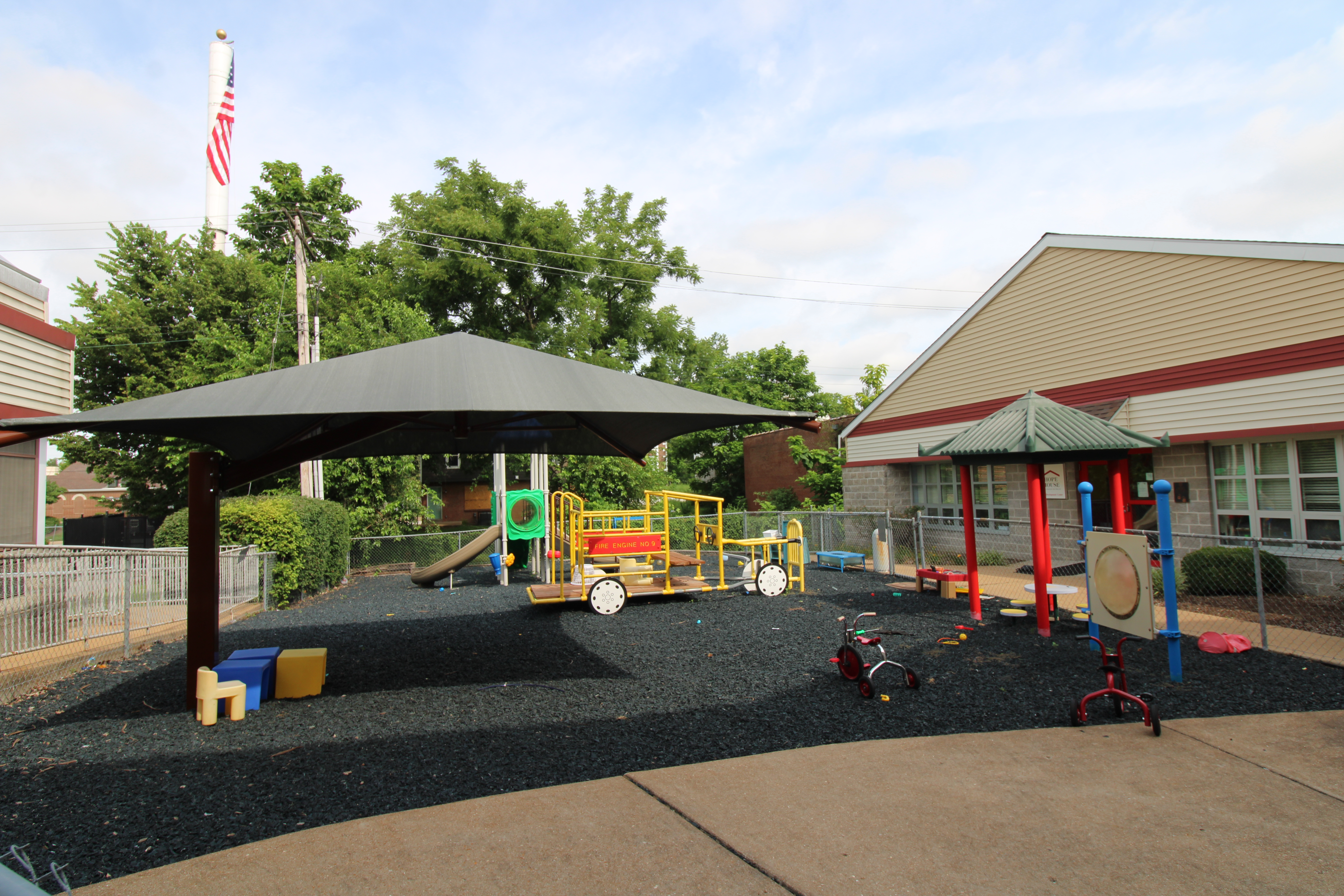Hope House St. Louis: Transitional Housing Done Differently
Where families find support when the unexpected happens, and a safety net becomes a new beginning.
By Sophia Black, Washington University Gephardt Institute for Civic and Community Engagement 2025 St. Louis Fellow
Located in Wells-Goodfellow, Hope House St. Louis is a transitional housing organization that works to get families' lives back on track, creating a brighter future for all. Hope House was first managed by the Red Cross from 1989-1999, and was created as a response to the unhoused population’s need for stable housing. In 1999, they became independently operated by their board of directors.
Central to their mission is theirResident Program, providing medium-term affordable housing for those who are unhoused or at risk of becoming unhoused. Located under one roof, the program offers 49 units of mixed room sizes, including one bedroom, two bedroom, and studio units, accommodating a mix of family sizes. Each unit comes with a kitchenette, dining area, and a living space, including the room or rooms in the unit. Due to the high volume of need within the unhoused population, Hope House residents are exclusively women with preschool-aged children.
As a non-profit, Hope House is fully funded by donations and monetary contributions from organizations and individual donations. Its transitional housing program is made possible in part by the Community Development Administration's (CDA)'s Community Development Block Grants (CDBG) program.
“We at CDA believe that transitional housing is essential to providing a pathway to stable housing for community members in the City of St. Louis,” Nahuel Fefer, Executive Director of CDA said. “We are proud to support Hope House in their efforts to lift up those in the St. Louis community who need it most.”

Along with their Resident Program, Hope House is dedicated to building up the children of the program through their state-accredited Child Development Center. The Child Development Center employs a creative curriculum that allows for children to learn through their own play, creating a unique hands-on learning environment. With Hope House’s focus on women with preschool-age children, the center is particularly keen at preparing preschool children for Kindergarten and beyond, making it a great first step to create success in school.
Hope House's Child Development Center's playground and shade area.
Hope House’s support goes beyond housing and childcare, as each resident is given a case manager when they first arrive at the program. Throughout the two-year program, their case manager is there to support their journey to success. Most importantly, when residents leave the program, they are able to keep in contact with their case managers for continued support outside of the walls of Hope House.
“It’s important for our clients to know that we want them to be vested in their own success,” Bonnie Reece, Executive Director of Hope House, said. “What really drives people is helping them achieve some level of success somewhere along the way, and we are here to help them along the way.”
Looking towards the future, Hope House is looking to reinstate some of its past programs that were lost after the COVID-19 pandemic. One of these programs included the Dress for Success program, which provided professional clothes for residents. Other programs that were lost due to the pandemic were their AA meetings and nutritional and life classes, which provided support in getting their residents to recovery and success.
Currently, Hope House is working on renovating rooms. Partnering with YouthBuild, Hope is House is demonstrating the amount of teamwork that providing excellent transitional housing takes and ensuring that their residents are in quality spaces.

Hope House has also committed to housing people whose homes were destroyed or damaged by the May 16th tornado who have been displaced. The response to the families affected demonstrates the need for transitional housing programs to exist in the first place. Natural disasters can affect anyone and happen anytime. Safety nets such as Hope House stepped up to serve St. Louis residents during the disaster, when hope and help were needed most.
Transitional housing is not just a middle step between a person being unhoused and them finding stable housing, it is often necessary to change not only a person's living situation, but also their outlook on life. It often takes a certain mindset to look at the whole picture of a person, to see how they got into their situation, and what steps they can take to get out of it, and Hope House is structured around this mindset. Hope House St. Louis is an example of how looking at the whole person can really make a difference– creating better outcomes for those who need it most.
About the Community Development Administration (CDA): The CDA serves as the City of St. Louis' hub for federal, state, and local funds, implementing the Mayor's economic justice agenda. By funding public and nonprofit entities, the CDA supports a wide range of initiatives, including public services, affordable housing development, blight eradication, and other community development activities.
-
Contact Information:
Tom Nagel
Public Information Officer II -
Department:
Community Development Administration
-
Topic:
Community
Housing
Homelessness
Relocation
Temporary Housing
Related Stories
Help Us Improve This Page
Did you notice an error? Is there information that you expected to find on this page, but didn't? Let us know below, and we'll work on it.
Feedback is anonymous.
